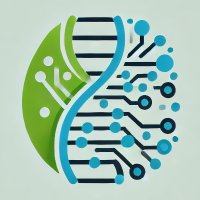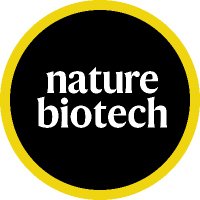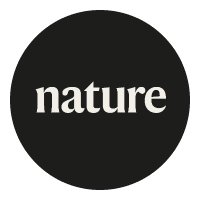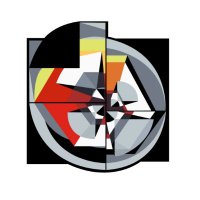
Jonathan Funk
@jonathanfunk12
PhD student building AI for Protein Design | Chemist by training 👨🏻🔬 | Techo-Optimist | Let‘s build a better future! 🇩🇪/🇵🇭
ID: 976178249322651651
20-03-2018 19:26:45
259 Tweet
210 Followers
734 Following


In biology we measure downstream variables like genes, neurons, or species. But we can’t always measure their underlying causes. In Physical Review X I present a physics-based algorithm for learning causal drivers from time series (1/n) go.aps.org/3PwXhxe

















Excited to share our preprint “BoltzDesign1: Inverting All-Atom Structure Prediction Model for Generalized Biomolecular Binder Design” — a collaboration with Martin Pacesa, Zhidian Zhang , Bruno E. Correia, and Sergey Ovchinnikov. 🧬 Code will be released in a couple weeks









